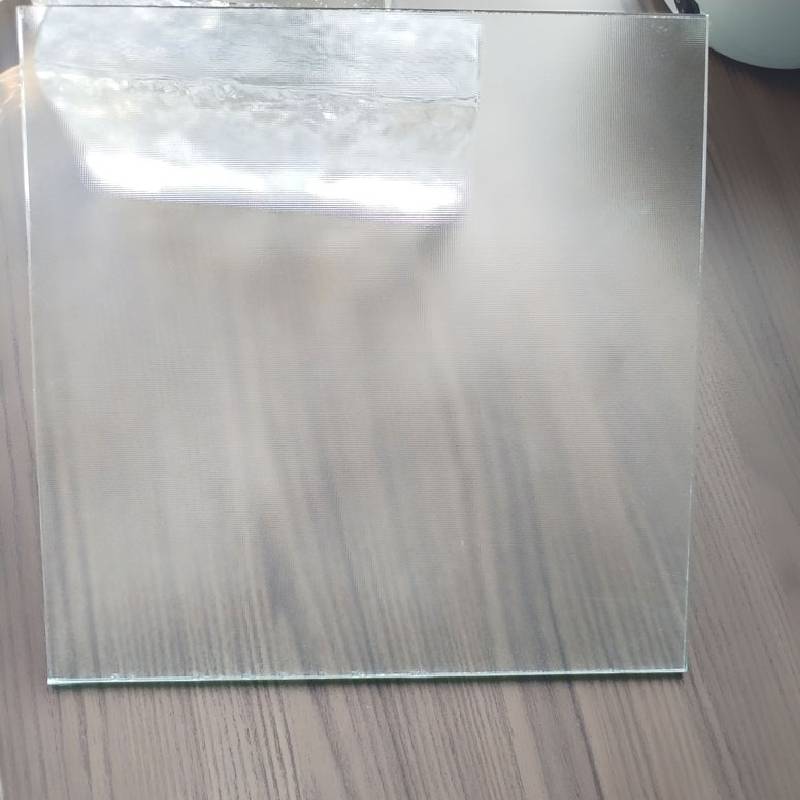The Float Glass Making Process
The float glass making process is a revolutionary method for producing high-quality flat glass, widely used in windows, mirrors, and various architectural applications. This innovative technique was developed in the 1950s by Sir Alastair Pilkington, and it fundamentally changed the glass manufacturing industry due to its efficiency and the superior quality of glass produced.
The process begins with the selection of raw materials, which typically include silica sand, soda ash, and limestone. These materials are carefully measured and mixed to create a batch that meets the specific requirements for the desired type of glass. Additional components may be added to achieve particular properties, such as color or thermal resistance.
Once the batch is prepared, it is fed into a furnace where it is heated to extremely high temperatures, around 1,700 degrees Celsius (3,092 degrees Fahrenheit). At this stage, the raw materials melt to form molten glass. This molten glass is then transferred to a floating bath, usually made of molten tin. The floatation process is the hallmark of this method; the molten glass floats on the tin surface, which provides a smooth and flat base, ensuring uniform thickness.
float glass making process
As the glass flows across the tin, it gradually cools and solidifies. The float glass typically achieves a thickness between 2 mm and 19 mm but can be adjusted based on specifications. Once the glass sheet is fully formed and solidified, it is gradually cooled through a controlled annealing process to relieve internal stresses, ensuring product durability and stability.
After cooling, the glass is cut into desired sizes and shapes. Quality checks and inspections are performed to ensure that the glass meets industry standards in terms of clarity, thickness, and surface finish. Any defects detected during this stage can lead to further processing or recycling of the glass.
The float glass making process is highly efficient and environmentally friendly, as it minimizes waste and energy consumption compared to traditional methods. Moreover, the resulting glass has excellent optical clarity and is free of distortions, making it the preferred choice for both commercial and residential applications.
In conclusion, the float glass making process is a crucial innovation in the glass industry. Its ability to produce high-quality, flat glass with minimal defects has revolutionized construction and design, contributing significantly to modern architecture and everyday life.
 Afrikaans
Afrikaans  Albanian
Albanian  Amharic
Amharic  Arabic
Arabic  Armenian
Armenian  Azerbaijani
Azerbaijani  Basque
Basque  Belarusian
Belarusian  Bengali
Bengali  Bosnian
Bosnian  Bulgarian
Bulgarian  Catalan
Catalan  Cebuano
Cebuano  Corsican
Corsican  Croatian
Croatian  Czech
Czech  Danish
Danish  Dutch
Dutch  English
English  Esperanto
Esperanto  Estonian
Estonian  Finnish
Finnish  French
French  Frisian
Frisian  Galician
Galician  Georgian
Georgian  German
German  Greek
Greek  Gujarati
Gujarati  Haitian Creole
Haitian Creole  hausa
hausa  hawaiian
hawaiian  Hebrew
Hebrew  Hindi
Hindi  Miao
Miao  Hungarian
Hungarian  Icelandic
Icelandic  igbo
igbo  Indonesian
Indonesian  irish
irish  Italian
Italian  Japanese
Japanese  Javanese
Javanese  Kannada
Kannada  kazakh
kazakh  Khmer
Khmer  Rwandese
Rwandese  Korean
Korean  Kurdish
Kurdish  Kyrgyz
Kyrgyz  Lao
Lao  Latin
Latin  Latvian
Latvian  Lithuanian
Lithuanian  Luxembourgish
Luxembourgish  Macedonian
Macedonian  Malgashi
Malgashi  Malay
Malay  Malayalam
Malayalam  Maltese
Maltese  Maori
Maori  Marathi
Marathi  Mongolian
Mongolian  Myanmar
Myanmar  Nepali
Nepali  Norwegian
Norwegian  Norwegian
Norwegian  Occitan
Occitan  Pashto
Pashto  Persian
Persian  Polish
Polish  Portuguese
Portuguese  Punjabi
Punjabi  Romanian
Romanian  Russian
Russian  Samoan
Samoan  Scottish Gaelic
Scottish Gaelic  Serbian
Serbian  Sesotho
Sesotho  Shona
Shona  Sindhi
Sindhi  Sinhala
Sinhala  Slovak
Slovak  Slovenian
Slovenian  Somali
Somali  Spanish
Spanish  Sundanese
Sundanese  Swahili
Swahili  Swedish
Swedish  Tagalog
Tagalog  Tajik
Tajik  Tamil
Tamil  Tatar
Tatar  Telugu
Telugu  Thai
Thai  Turkish
Turkish  Turkmen
Turkmen  Ukrainian
Ukrainian  Urdu
Urdu  Uighur
Uighur  Uzbek
Uzbek  Vietnamese
Vietnamese  Welsh
Welsh  Bantu
Bantu  Yiddish
Yiddish  Yoruba
Yoruba  Zulu
Zulu 

